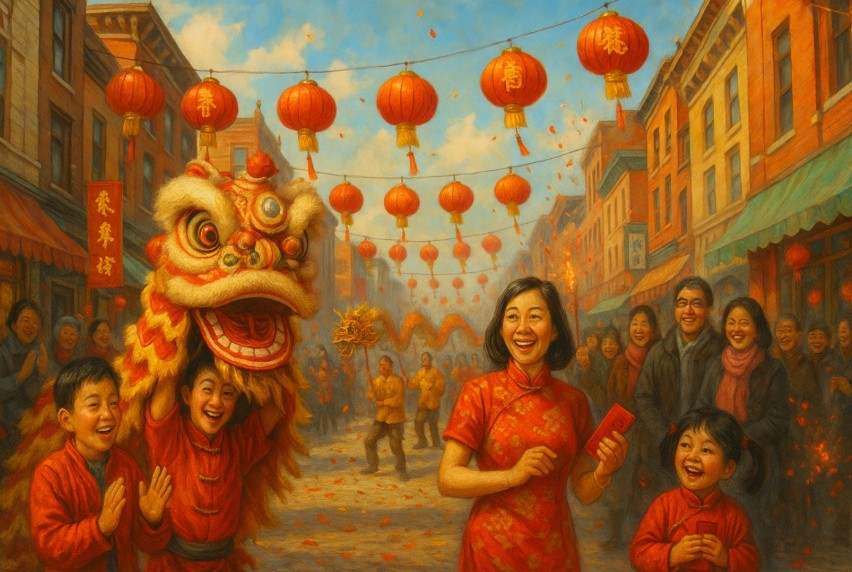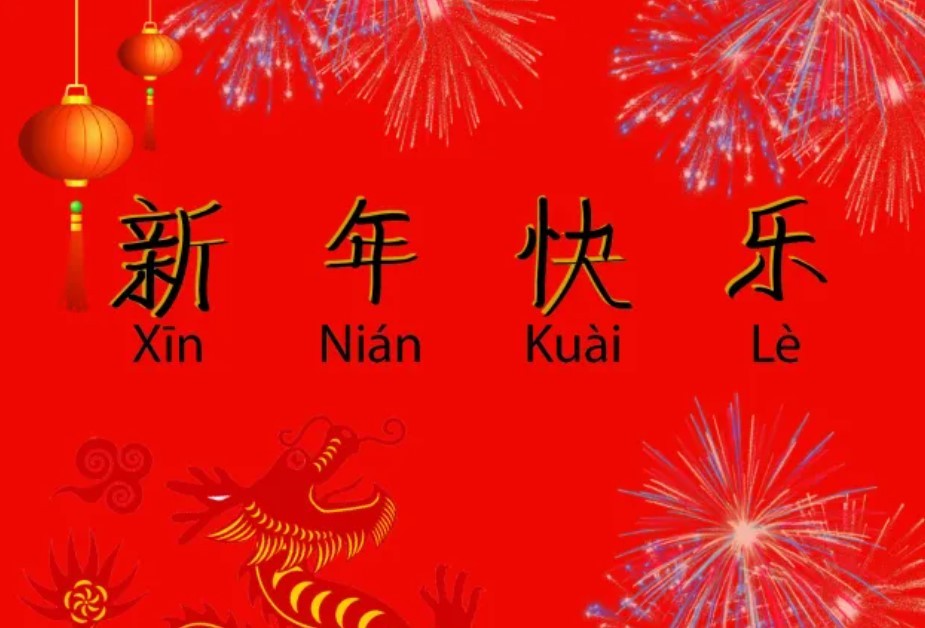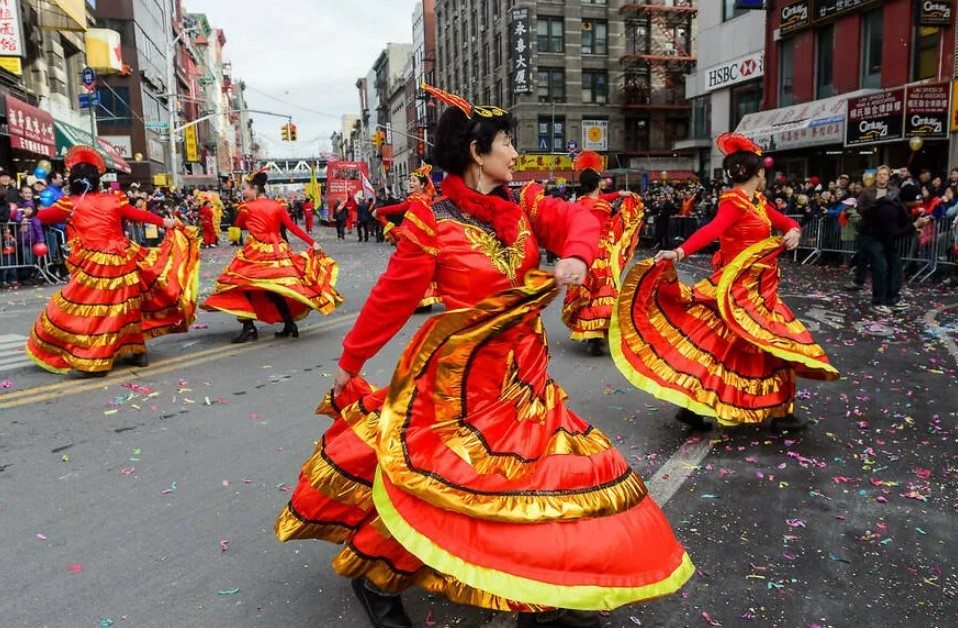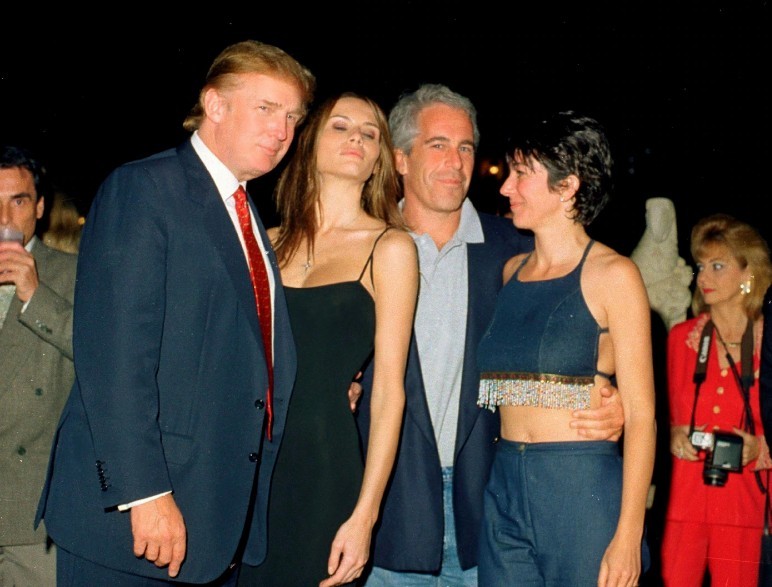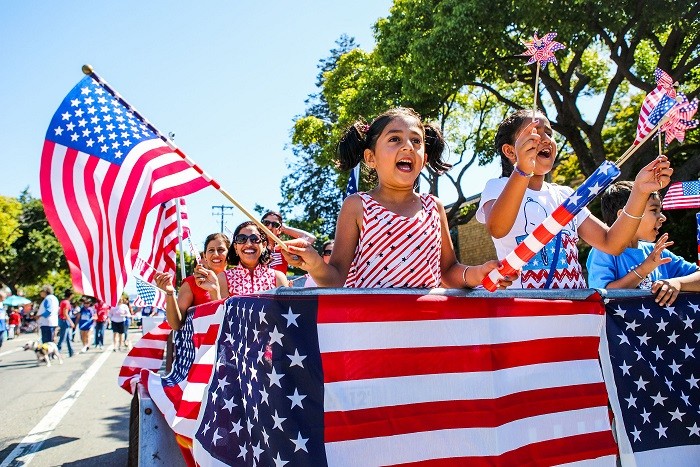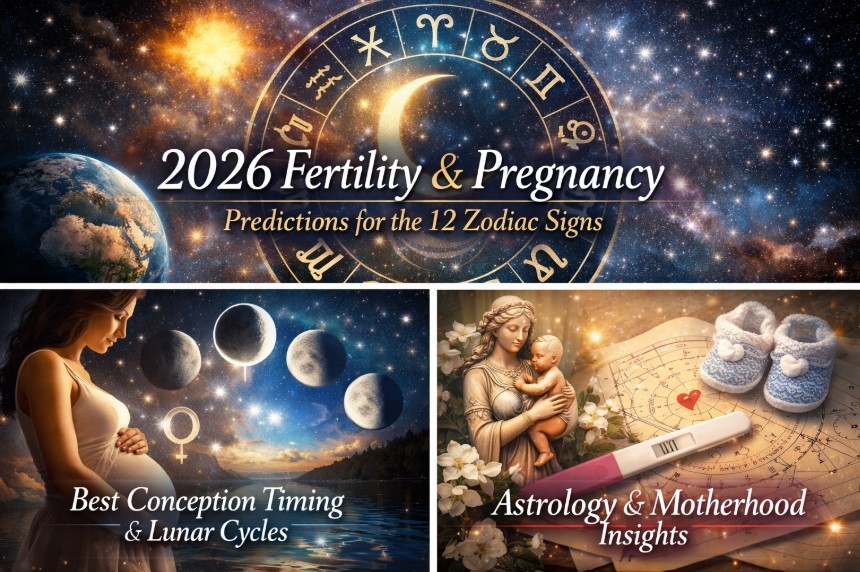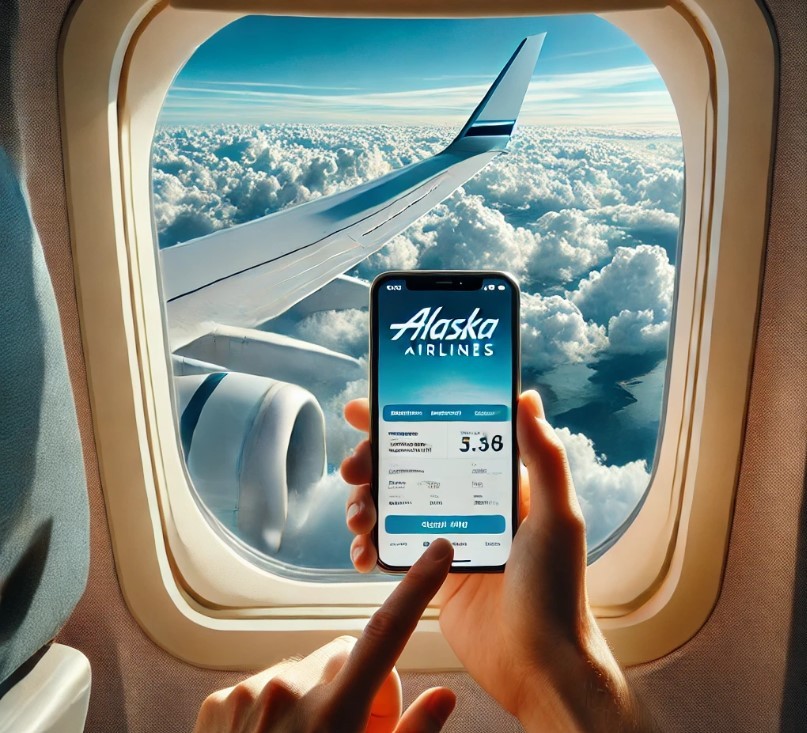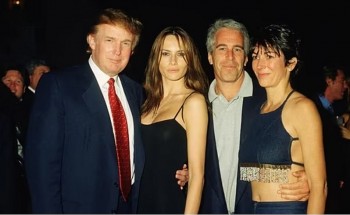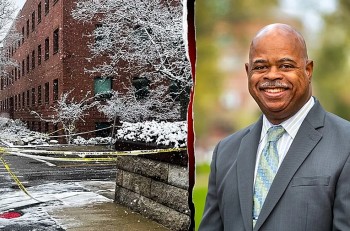Who Celebrates Lunar New Year in the U.S? List of Communities
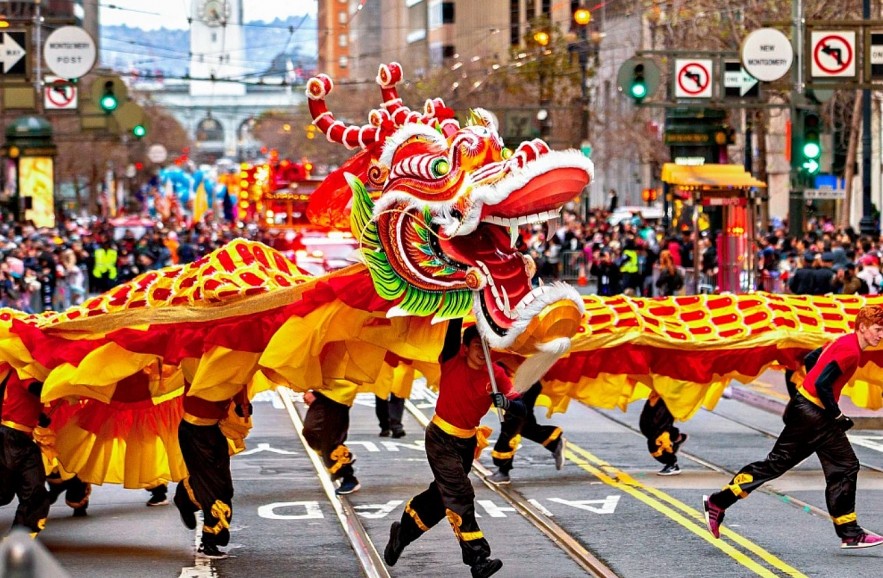 |
| A dragon dance along Market Street during the Chinese New Year Parade in San Francisco |
Lunar New Year, also known as Chinese New Year or the Spring Festival, is a significant cultural celebration observed by millions worldwide. In the United States, this vibrant holiday is embraced not only by the Asian-American community but also by many others eager to partake in its colorful festivities
What is Lunar New Year?
Lunar New Year marks the start of the lunar calendar, which is based on the moon's cycles. The holiday is typically celebrated between late January and mid-February. In 2025, Lunar New Year will begin on Wednesday, January 29. Future dates are Sunday, February 17, 2026 and Friday, February 5, 2027. Each year is associated with one of the 12 zodiac animals, and 2025 is the Year of the Snake.
Traditionally, Lunar New Year celebrations last 15 days, beginning on New Year's Eve and culminating with the Lantern Festival. Each day of the celebration has its own set of customs and traditions, such as visiting relatives, making offerings to ancestors, and eating symbolic foods. The first few days are usually spent at family gatherings and honoring ancestors, while the last few days are filled with more community-focused events like parades and temple visits.
In addition to these activities, significant preparation occurs prior to the holiday. Homes are thoroughly cleaned to ward off bad luck and make room for good fortune. Decorations, often in red and gold, are displayed to represent prosperity and happiness. People also shop for holiday foods, new clothes, and gifts, such as the famous red envelopes (hongbao) filled with money.
List of Communities That Celebrate Lunar New Year in the U.S.
1. Chinese-American Community
The Chinese-American population is the largest group that celebrates Lunar New Year. With a history of immigration dating back to the 19th century, Chinese Americans have preserved this tradition as a cornerstone of their cultural identity. Cities with significant Chinese populations, such as San Francisco, Los Angeles, and New York City, host some of the most iconic celebrations.
2. Vietnamese-American Community
For Vietnamese Americans, Lunar New Year, known as Tết, holds equal importance. Tết marks not only the new lunar year but also the arrival of spring. Vietnamese communities in cities like Houston, San Jose, and Orange County organize large-scale Tết festivals featuring traditional foods, lion dances, and cultural performances.
3. Korean-American Community
Korean Americans celebrate Seollal, a version of Lunar New Year characterized by family gatherings and traditional rituals. Although less publicized than Chinese or Vietnamese celebrations, Korean communities in places like Los Angeles’ Koreatown and Atlanta host events that emphasize ancestral respect and traditional games like Yut Nori.
4. Other Asian Communities
Smaller Asian communities, including Mongolian, Tibetan, and Japanese groups, also observe Lunar New Year, often incorporating unique customs. While Japanese Americans primarily celebrate the Gregorian New Year, some integrate aspects of the lunar calendar in their traditions.
States Where Lunar New Year is Prominent
California
California is home to some of the largest Lunar New Year celebrations in the U.S., particularly in cities like San Francisco, Los Angeles, and San Jose. Events such as the San Francisco Chinese New Year Parade and Los Angeles' Chinatown celebrations attract hundreds of thousands of attendees.
New York
New York City’s Chinatown is another hub for Lunar New Year activities. The Lunar New Year Parade and Festival in Manhattan feature dazzling dragon and lion dances, martial arts performances, and food fairs.
Texas
With its growing Asian-American population, Texas has become a key state for Lunar New Year celebrations. Cities like Houston and Dallas host Tết festivals, while Austin features multicultural events celebrating the diversity of Asian cultures.
Washington State
Seattle’s International District is a focal point for Lunar New Year festivities. The annual celebration includes cultural performances, family-friendly activities, and culinary delights.
Illinois
Chicago’s Chinatown hosts vibrant parades and events, highlighting the city’s rich Chinese-American heritage. The celebration extends to other parts of the city with multicultural performances and exhibitions.
Key Events and Activities
Parades
Parades are a highlight of Lunar New Year celebrations, featuring elaborate floats, lion dances, and marching bands. The San Francisco Chinese New Year Parade, one of the oldest and largest of its kind, is a must-see event.
Lion and Dragon Dances
Lion and dragon dances are integral to Lunar New Year celebrations. These traditional performances are believed to ward off evil spirits and bring good fortune. They are commonly seen in parades, community events, and even local businesses.
Cultural Festivals
Community centers and cultural organizations often host festivals showcasing traditional music, dance, and crafts. These events provide an opportunity for attendees to learn about Lunar New Year’s significance and its customs.
Food Markets and Feasts
Food is central to Lunar New Year. Markets sell traditional items like dumplings, rice cakes, and sweet treats, while families gather for festive meals symbolizing prosperity and unity. Many restaurants also offer special Lunar New Year menus.
Fireworks
Fireworks symbolize the banishment of evil spirits and the welcoming of good luck. While large-scale fireworks displays are less common due to regulations, many communities host smaller pyrotechnic shows or allow firecrackers during their celebrations.
Significance of Lunar New Year
Lunar New Year is more than a celebration; it is a time for renewal, reflection, and family. Its customs emphasize values such as respect for ancestors, gratitude, and hope for prosperity. Activities like cleaning the house before the new year symbolize sweeping away bad luck, while giving red envelopes (hongbao) with money represents blessings and good fortune.
Unique Features in U.S. Celebrations
Multicultural Influence
In the U.S., Lunar New Year celebrations often incorporate elements from various Asian cultures. This blending enriches the holiday, making it an inclusive event that celebrates diversity.
School and Public Recognition
In recent years, cities like New York have recognized Lunar New Year as an official school holiday, reflecting its growing importance. Public libraries and museums also host educational events to promote understanding of the holiday’s cultural significance.
Commercialization
Retailers across the U.S. now offer Lunar New Year-themed products, from decorations to food items. Malls and stores frequently host events, reflecting the holiday’s rising popularity.
Conclusion
Lunar New Year in the United States is a testament to the country’s cultural diversity and the resilience of immigrant traditions. Celebrated by a wide array of communities across various states, it is both a personal and communal experience filled with joy, meaning, and unity. Whether through parades, family meals, or cultural festivals, Lunar New Year continues to thrive, bridging cultures and fostering understanding among people from all walks of life. By noting upcoming dates such as January 29, 2025, February 17, 2026, and February 5, 2027, individuals and communities can prepare to celebrate this cherished tradition with excitement and reverence.
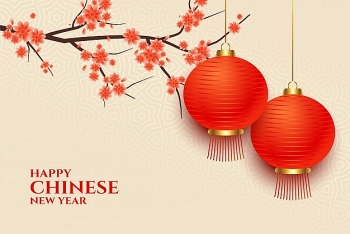 Happy Lunar New Year: Best Wishes, Great Quotes, Greetings and Messages Happy Lunar New Year: Best Wishes, Great Quotes, Greetings and Messages Lunar New Year is associating with the Chinese New Year and Spring Festival which often celebrated among some Asian countries including China, Vietnam... Here are ... |
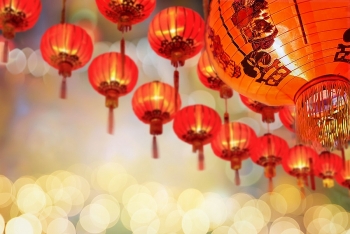 First Day of Lunar New Year: Significance, Tradition, Celebration First Day of Lunar New Year: Significance, Tradition, Celebration Do you know why the first day of Chinese Lunar New Year is considered the "birthday of chicken"? Check out special day's celebrations, traditions and ... |
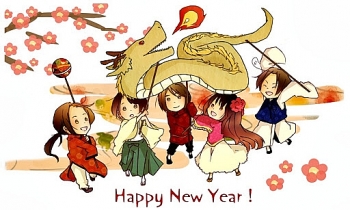 Lunar New Year: Celebrations and Traditions for The Third Day Lunar New Year: Celebrations and Traditions for The Third Day Lunar New Year, also known as Spring Festival, is the most important celebration of the year. It usually lasts 16 days, from New Year's Eve ... |
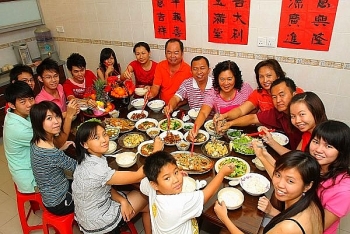 Lunar New Year: Significance, Tradition, Celebration of The Second Day Lunar New Year: Significance, Tradition, Celebration of The Second Day Aside from New Year’s Eve, there are other important days of the 15-day Chinese New Year Festival. People call it by different name and each ... |

